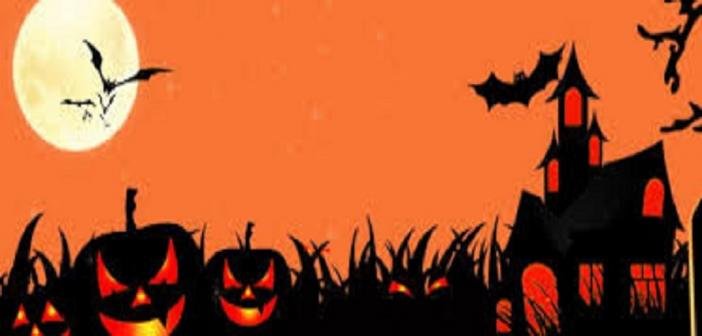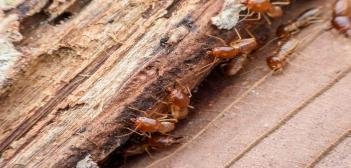What's the main story behind Halloween & Why we celebrate
1Halloween is basically an event that has celebrated every year in the evening before the Christian holy day of All Hallows’ Day and then after All Saints Day on 1st November. Whereas Halloween celebrated on October 31 every year. In this event, different activities performed with fancy dressing and carving pumpkins. Its tradition came from the festival named as the Celtic harvest of Samhain. It initiates independently by the support of some people as a Christian festival. Samhain was celebrated after the summer ends. People thought that the walls are lighter than usual and ghosts could easily pass from the realm but for the next season, it may hurt the crops that were feared. During that day, the public from different regions decorate their dinner tables to feel it, and to shock off evil, they lightened up the bonfires.
This day pinned at the last of summer and the start of the dim, cold winter, a season that was frequently connected with human passing. Celts accepted that on the night prior to the New Year, the limit between the universes of the living and the dead ended up obscured. On the evening of October 31, they observed Samhain when it was accepted that the phantoms of the dead came back to earth. In a difficult situation and harming crops, Celts imagined that the nearness of the extraordinary spirits made it simpler for the Druids or Celtic ministers, to make expectations about what's to come. For the public completely reliant on the unstable characteristic world, these predictions were a significant wellspring of solace and course during the long, dim winter.
The Story Behind The Celebration Of Halloween On 31st October
To celebrate the event, Druids manufactured immense consecrated blazes, where the public joined together to consume yields and creatures as penances to the Celtic divinities. During the festival, the Celts wore outfits, normally comprising of creature heads and skins, and endeavored to reveal to one another's fortunes. At the point when the festival was finished, they have lightened their hearth fires, which they had quenched before that night, from the consecrated blaze to help secure them during the coming winter. Halloween arrives on October 31 on the grounds that the archaic event celebration of Samhain thought about the most punctual known foundation of Halloween, happened on this day. It denoted a vital season when seasons changed, however, spectators accepted the limit between this world and the following turned out to be particularly slender right now, empowering them to associate with the dead. This conviction is shared by some different societies; a comparative thought is referenced around the Jewish event of Yom Kippur, which commonly happens in October and includes saying petitions for the dead. This is additionally where Halloween picks up its "spooky" meanings.
The Story Behind The Halloween Costumes
Numerous public was said to take on the appearance of holy people and present tunes or sections from the entryway. Kids would likely go from the entryway requesting "soul cakes," a treat like bread rolls. Specialized note: Soul Cakes started as a component of the All Souls' Day occasion on November second. However, in the end, turned into a piece of Halloween night as the idea advanced into stunt or-treating.
The treat getting idea progressed toward becoming standard in the U.S. in the right on time to mid-1900s, during which families would give treats to youngsters with the expectation that they would be exempt to any occasion tricks. Concerning the outfits, they also involved in it. While they started as sincere tributes to holy people, that custom likely dropped out of support sooner or later… until youthful Scottish and Irish pranksters got the plan to spruce up in horror looking clothing again as an approach to scare clueless neighbors. What's more, much the same as that, because of these nearby evildoers, Halloween outfits wound up unnerving, creepy, clever, and innovative all at the similar time.
Halloween clearly stays a famous occasion in America today, however, it entirely didn't make it over the Atlantic. The Puritans were opposing the occasion's agnostic roots, so they didn't participate in the festivals. When Irish and Scottish workers started to land in America in large numbers, the occasion advanced once again into the trend. The initial American pilgrim Halloween festivities highlighted enormous open gatherings to honor the forthcoming harvest, recount to apparition stories, sing, and move. It's predicted that by the mid-twentieth century, Halloween was commended crosswise over North America by most of the public. This year, one more time, we'll all be making the most of our preferred sweets and appreciating our neighbors' display on October 31—and the main creepy spirits we'll be discussing are the witch and phantom outfits our companions that are wearing.







0 Comments